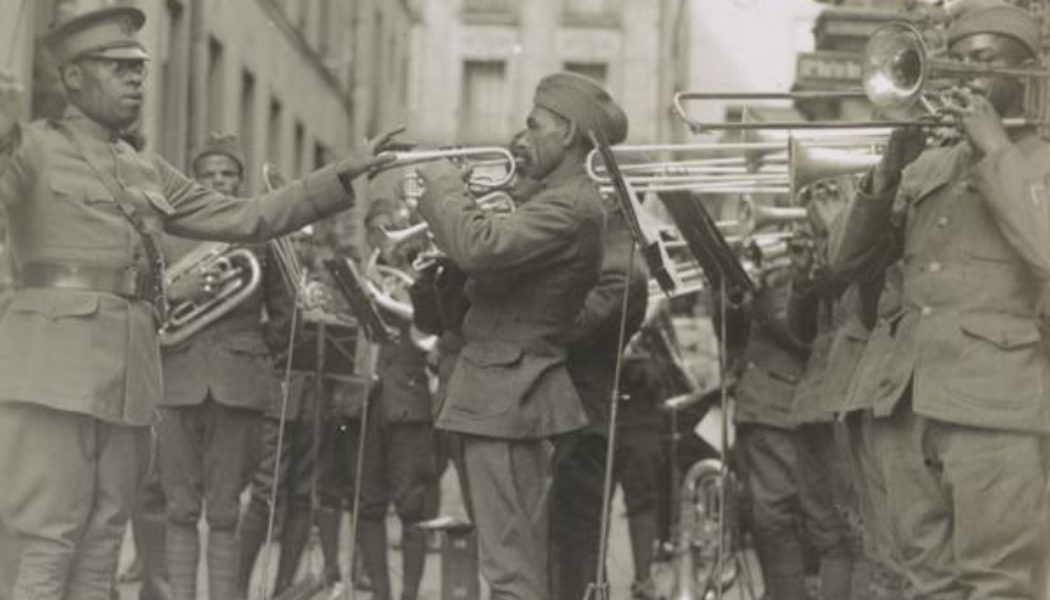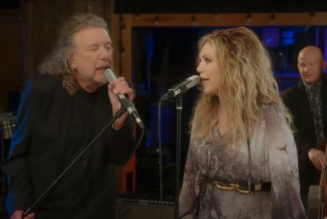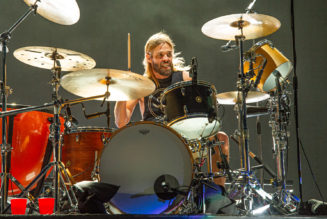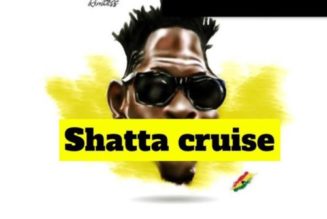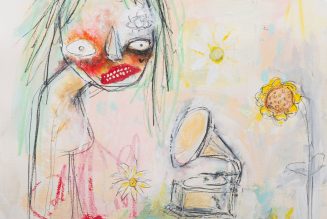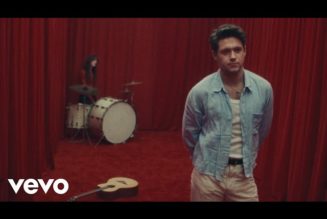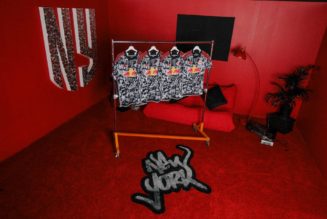It starts, according to Conor Caldwell, with some of the soldiers returning to Ireland from the first World War. “These men had seen London and Paris,” he says, and they wanted to bring home the music culture they’d experienced there. “In particular the officer types were coming back with aspirations to produce this type of ‘high-class dance culture’, as opposed to what they considered the people in the mucky fields were dancing to.”
The soldiers referred to the new music as jazz – and although that’s not the term we’d use for it now, it certainly had an impact on Irish culture, as Caldwell will explain this evening, when he gives the Breandán Breathnach Memorial Lecture on the opening night of the 51st Willie Clancy Summer School, the annual gathering of traditional-music lovers, in Miltown Malbay, Co Clare.
The interplay between “jazz” – a term they used for “essentially all music that isn’t Irish” – and traditional music is a subject close to Caldwell’s heart. He first stumbled upon it while researching the music of the noted Donegal fiddle player John Doherty.
[ The best Irish summer festivals in 2023: a handy guide to over 60 events around the country ]
“I suppose you could call it a spin-off of my PhD research,” says Caldwell, a Belfast fiddle player and academic who oversees the master’s course in traditional-music performance at the University of Limerick’s Irish World Academy of Music and Dance. He was enthralled by the discoveries he made when he returned to listen to some of the archival recordings of Doherty after the dust of his doctorate had settled. “While I was doing my PhD I concentrated on the recordings that Alan Evans made of John Doherty, which went on to make The Floating Bow, that iconic CD from the 1990s.
“The album concentrated on the jigs, the reels, the highlands and hornpipes that were quite canon-forming, in terms of that CD, but there was all this other ‘weird’ music that I heard in that archive, and I bypassed them because I didn’t see them as relevant to what I wanted to find out.
The Doherty family were musical magpies: whatever they heard that interested them, they wanted to play it
— Conor Caldwell, fiddle player and academic
“But, going back and listening to them again, I realised that there was a lot of character in this music. A chance discovery was that I heard one of the tunes that John Doherty was playing on a film or TV programme somewhere, and I put the two together and realised that there’s this whole jigsaw of music arriving in Ireland.
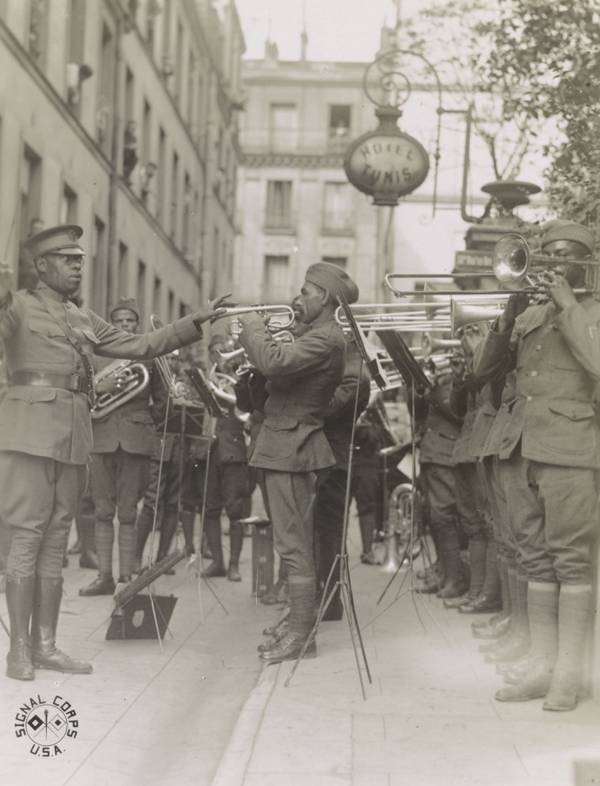
The return of the soldiers was itself an unusual form of mass migration for Ireland, “because mostly with migration people left and didn’t return”, Caldwell points out.
Some of them might have seen, or heard about, the likes of James Reese Europe, an American ragtime and jazz arranger and composer, who with his military band travelled more than 3,000km around France in early 1918, performing for French, American and British military audiences.
“And there were Americans who were here, too, who started playing this music in bands for people to dance to,” Caldwell says. “Then, gradually, what’s layered on top of that is the arrival of recording equipment – 78rpm records coming in from the United States – by the radio.
“Some of the things I read suggested that Irish people were able to pick up radio signals from before the time that 2RN [the precursor to RTÉ] started, from as far away as the States. So they were hearing music that wasn’t the local dance tradition. Then what happens very organically is that people like John Doherty and his brothers started to play this music, because there weren’t any fancy jazz bands coming to the wilds of Donegal.”
What’s intriguing about this vibrant time, musically speaking, is that neither musician nor listener was too bothered by labels: they welcomed with open arms the addition of instruments such as the saxophone, which added spice to the line-ups of the time.
“They didn’t perceive music in terms of those genres or boundaries,” Caldwell says. “The label of ‘traditional’ just wasn’t there. The Doherty family were musical magpies: whatever they heard that interested them, they wanted to play it. And if punters wanted to dance to it, they would play it. They were in the business of making a living out of playing music, and I think this is fairly widespread across the country.”
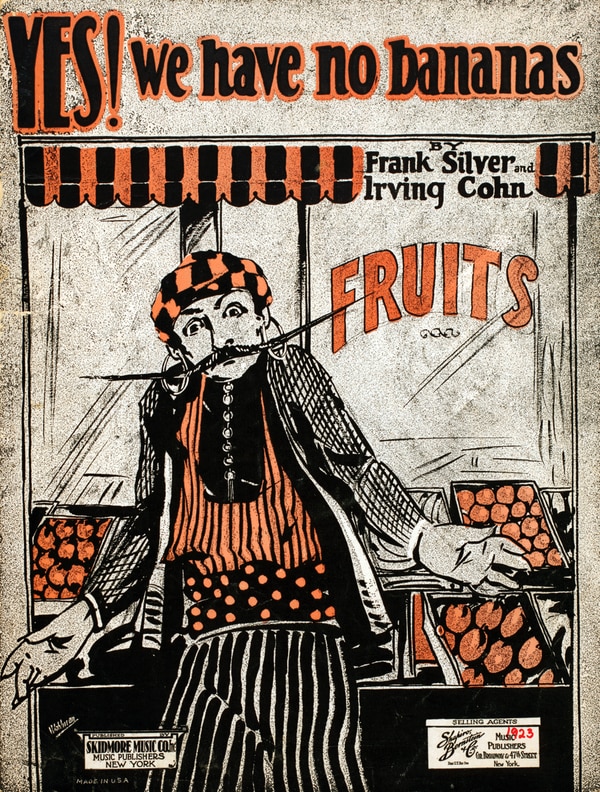
So Éamon de Valera’s comely maidens dancing at the crossroads were stepping it out to a cosmopolitan mix of music, then?
“There’s always a negotiation when a new culture arrives into a space where it hasn’t previously existed,” Caldwell says, “so my research looked at how the different melodies were adapted for the local dance customs. It was referred to as jazz, but these were music-hall songs.” One of the most popular adapted and played here, he says, was Yes! We Have No Bananas, which was a hit in 1923.
[ Irish Recording Company: Few know of these top-quality 1940s gems ]
“Like classical music, which had more chromaticisms than Irish music, these tunes were slightly more technically challenging, but they were doing jazz dances like the foxtrot and the one-step, which were popular in the States. Those musical songs were 120-130 beats per minute, so they were perfect for the foxtrot and the one-step.”
The appeal of these tunes to different cultural traditions in the North of Ireland intrigues Caldwell. “The old march Maid on the Green was played by Orange bands in the North, but it had dual functions for the marching and the dance tradition. There are also lots of reels that have parts grafted on to them, that people compose, like The Moving Cloud. A lot of tunes, when you stand back and look at them, you see that a part doesn’t match with the rest of the tune, so I think musicians are always doing that; it’s part of a wider organic process, especially when it was mapped on to the dancing.”
The conservative elements of the State began to exert their influence in the 1930s; the Public Dance Halls Act of 1935, promoted by the Catholic Church, aimed to curtail dancers’ perceived licentiousness.
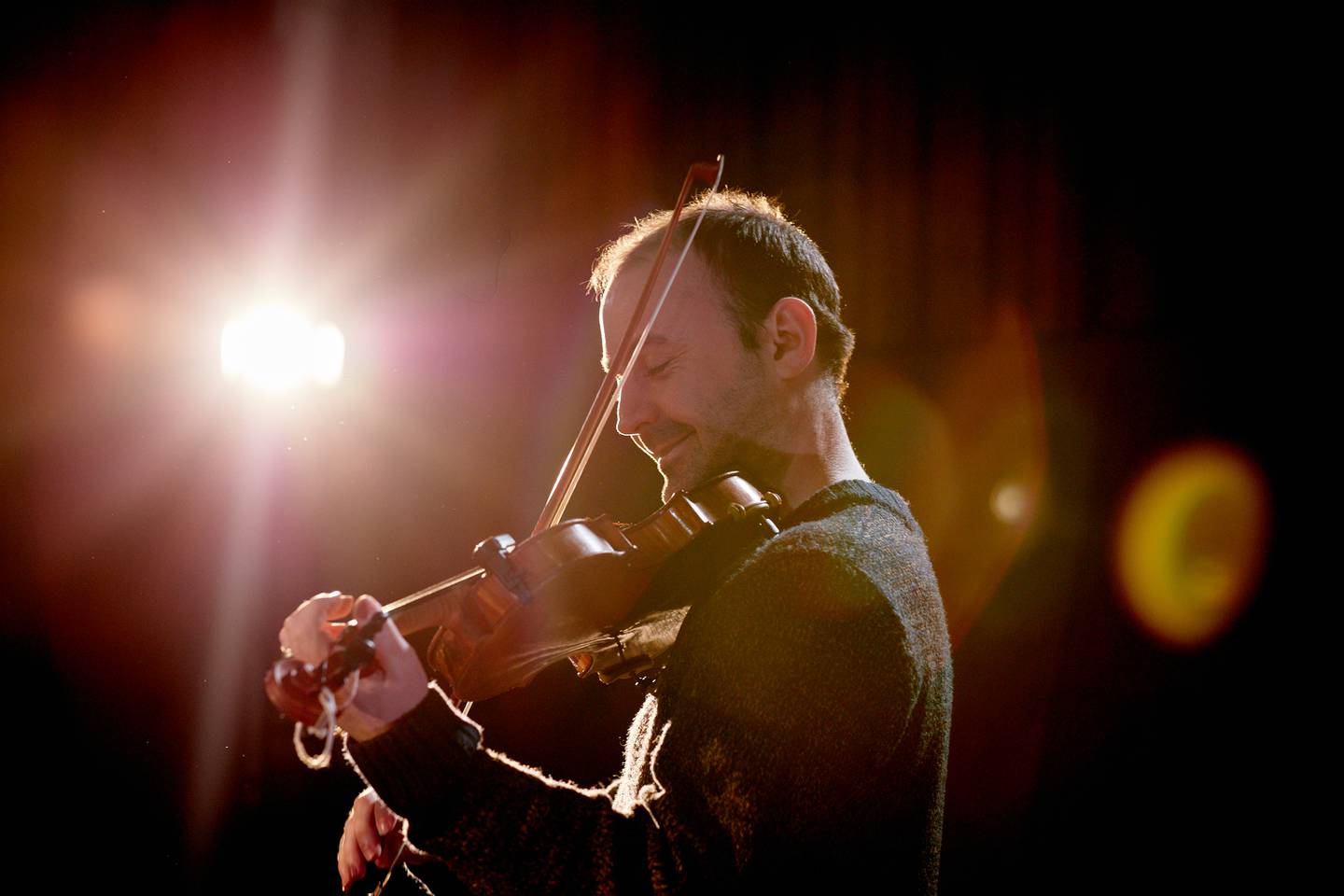
“You have to consider the locality in which this all developed, though,” Caldwell says. “Often, people like to point to the Public Dance Halls Act and say that this was the moment that killed Irish music, but it wasn’t enacted equally in all parts of Ireland. People in Donegal just carried on with what they were doing – there was no enforcement of it – whereas you hear the horror stories from Clare, where the musicians were taken to court and fined…
“In Mohill, in Co Leitrim, there was a mass civil movement against jazz music,” Caldwell says. “At one point in the late 1920s or early 1930s there’s 3,000 people on the streets, encouraged by one particular priest, in protest against this jazz music.”
He points out that the complexity of changing tastes influences musical styles too. “In every generation,” Caldwell says, “young people reject the music of their parents and grandparents and want whatever the new cool thing is. Of course, it does coincide with the Public Dance Halls Act and a lot of social conservatism, but for me it’s also a natural process of young people wanting their own cultural autonomy.”
[ Mapping the evolution of Clare’s musical tradition ]
As lovers of traditional music, song and dance gather today for the summer school in Miltown Malbay, with its nine days of recitals and classes, sessions and céilídhe, and discussion and debate about all aspects of our musical culture, they’ll be able to listen out for the influences those soldiers brought home with them a century ago.
Conor Caldwell gives his talk, Against Christianity, Learning and the Spirit of Nationality: Jazz and Irish Traditional Music in the Early Twentieth Century at 8.30pm today at the Willie Clancy Summer School in Miltown Malbay, Co Clare
